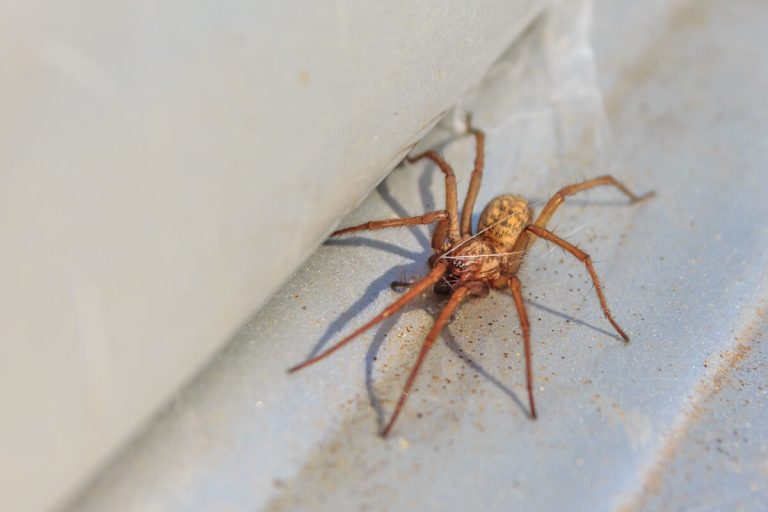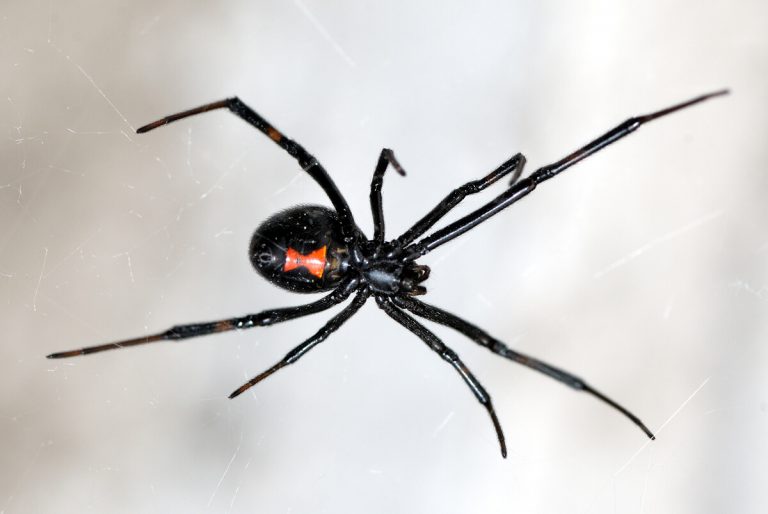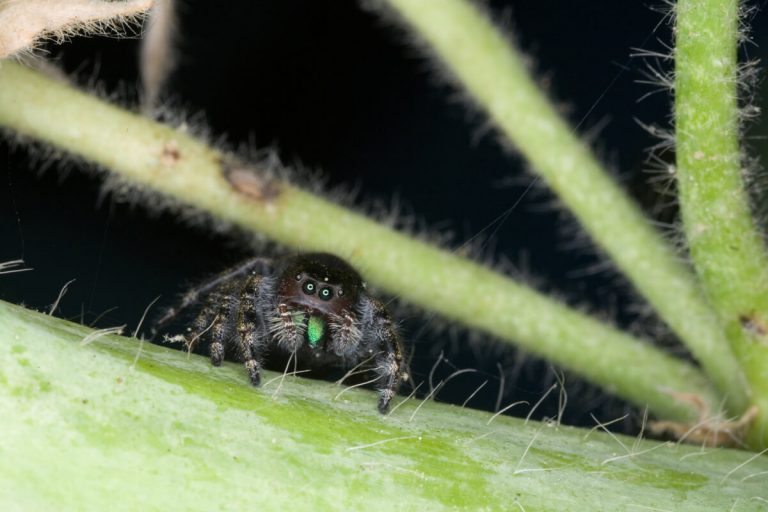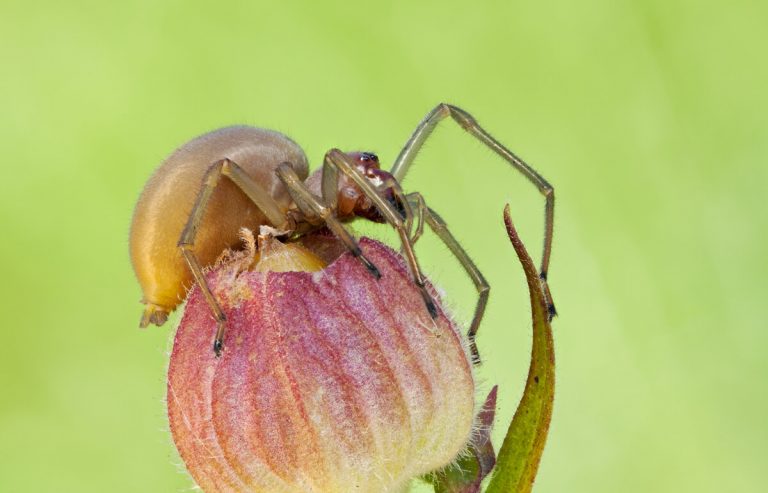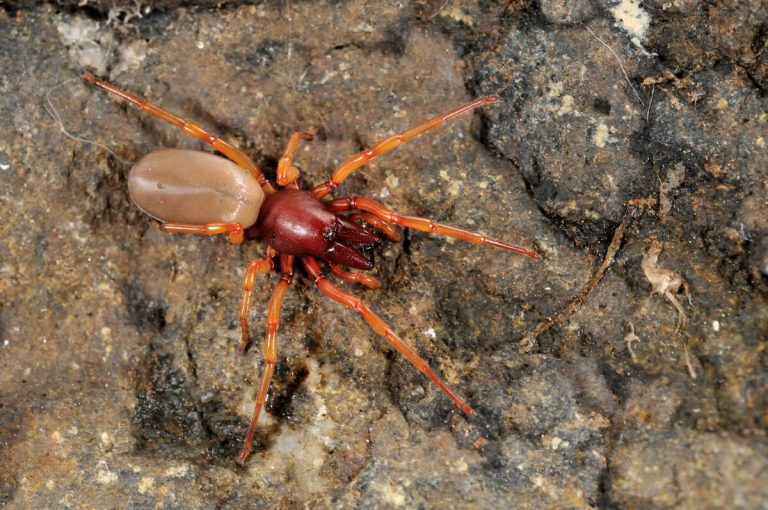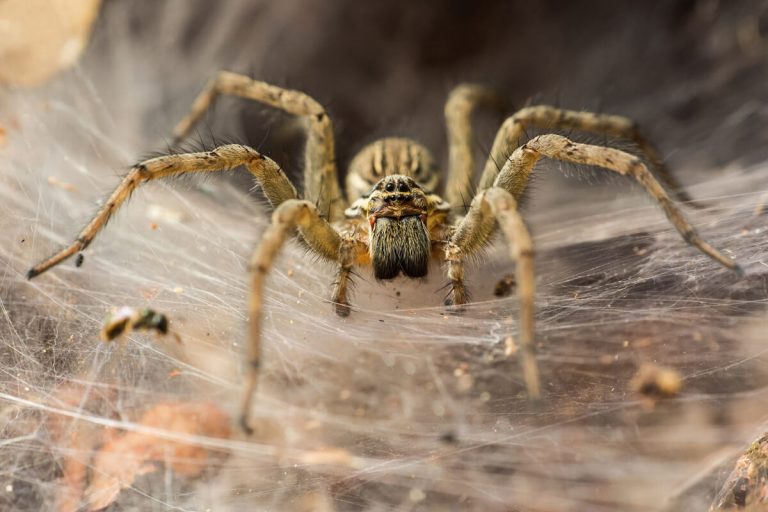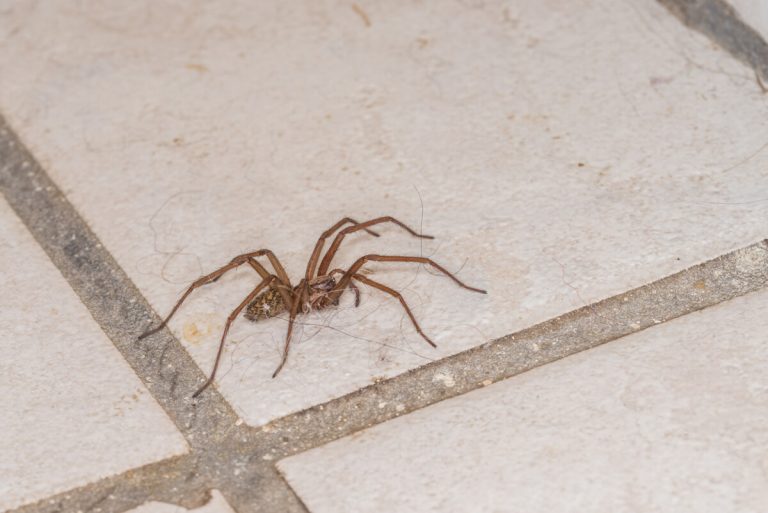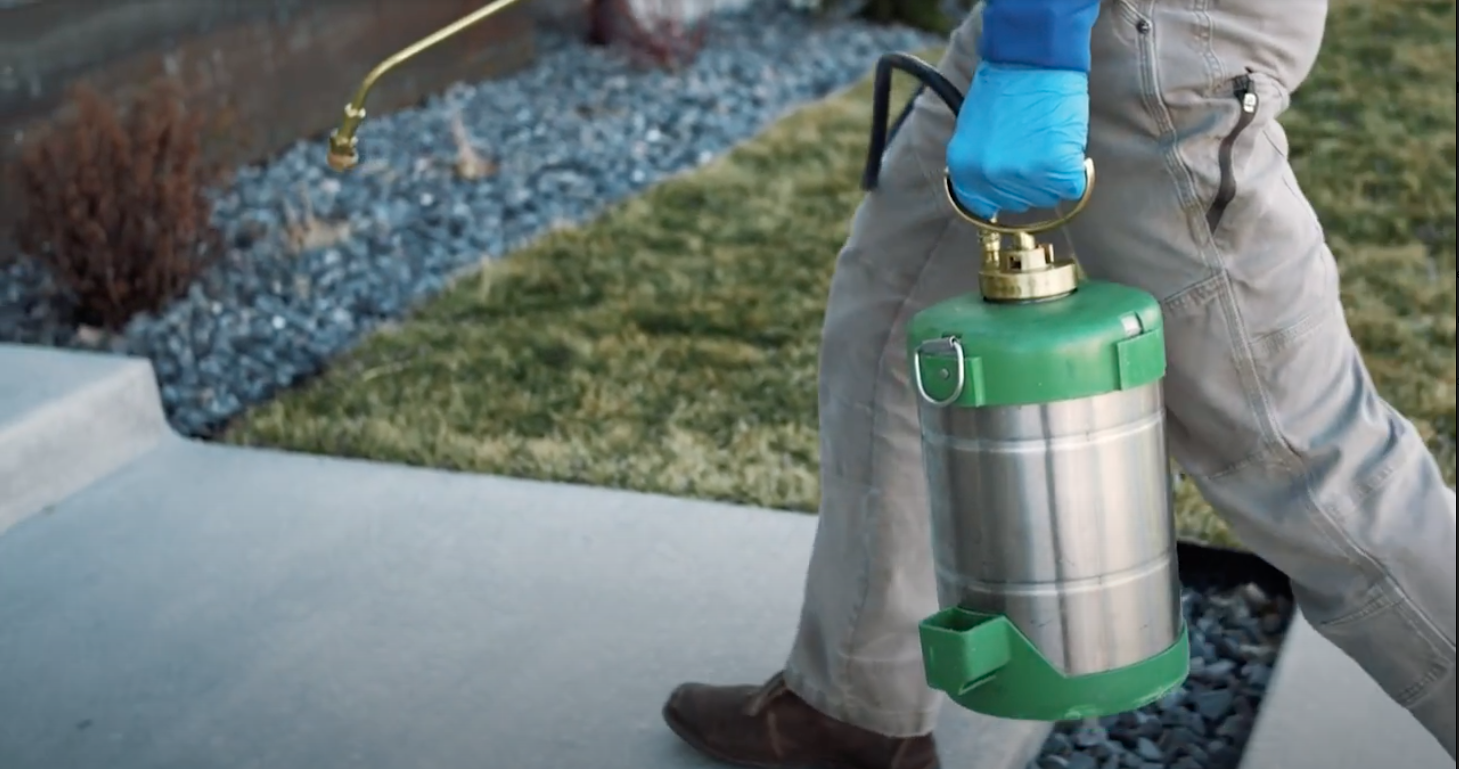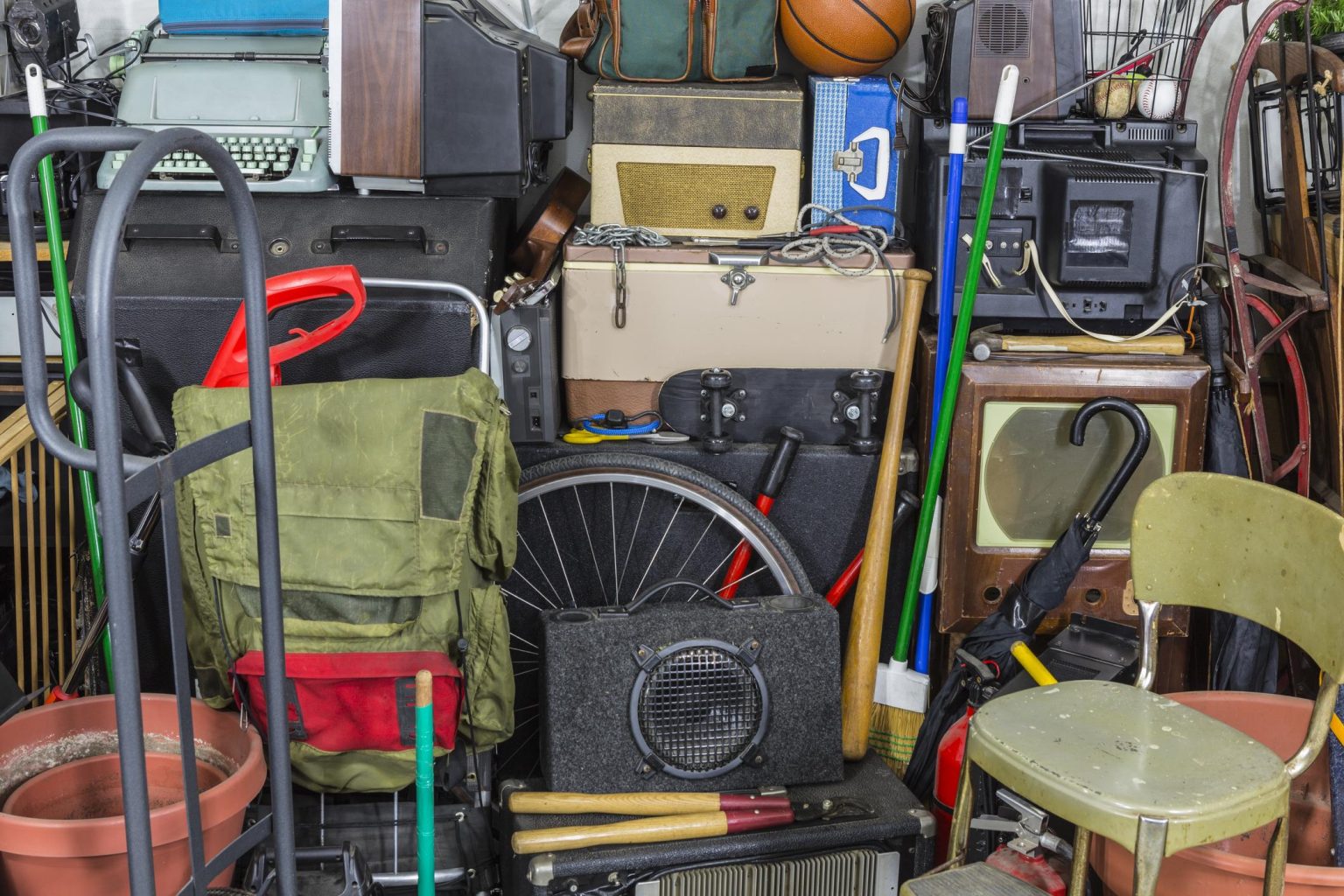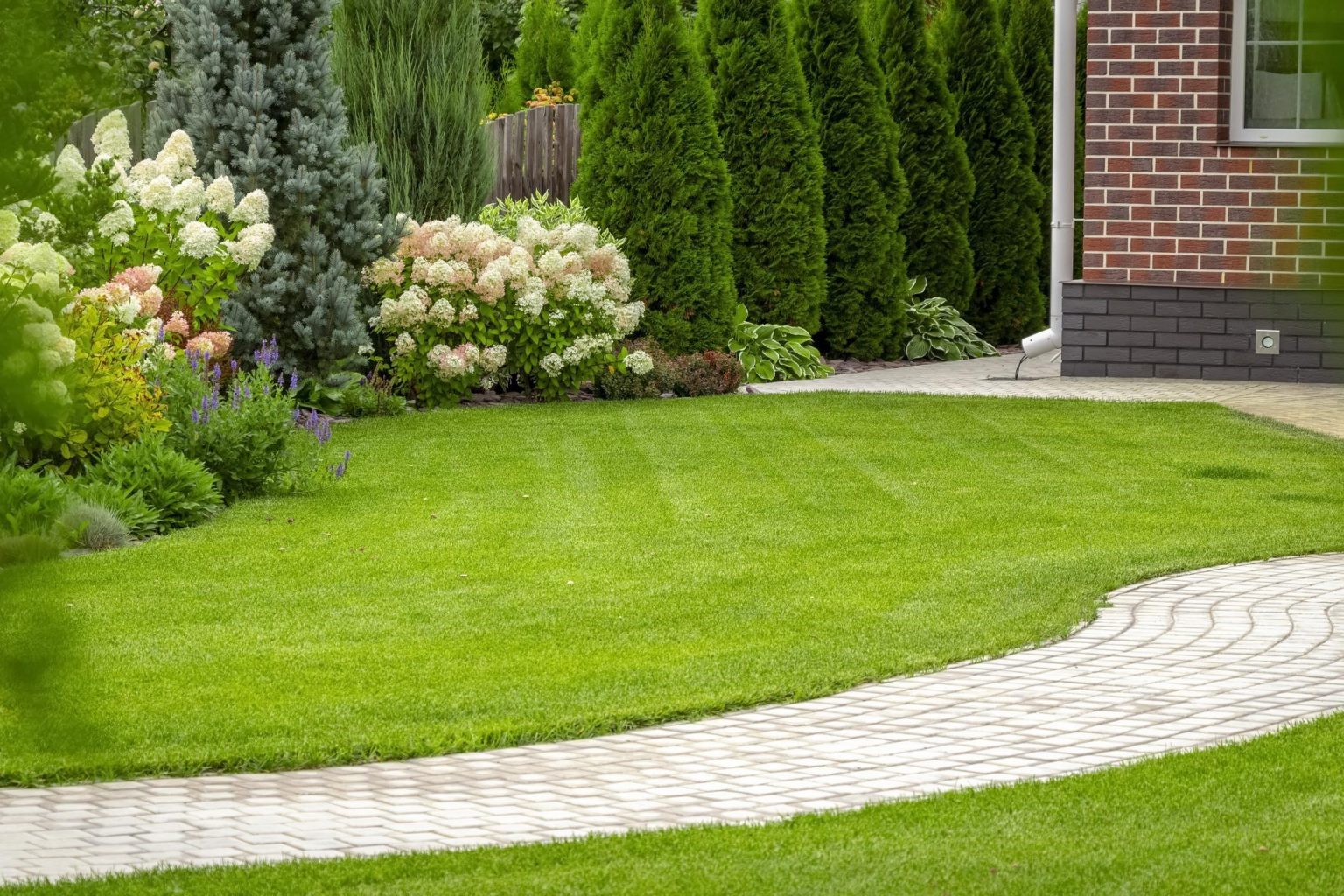Again, some spider species are dangerous while others are just your friendly neighborhood spider. Wondering which Utah spiders are dangerous? While many of the spider species mentioned above have painful and venomous bites, most are not considered dangerous to humans. Younger children and older adults, however, may experience more extreme reactions to a spider bite and should seek medical help if symptoms like nausea, difficulty breathing, or ongoing headaches persist or worsen.
Be sure to watch out for black widow spiders. These are perhaps the most dangerous spider in Utah that you might encounter. Brown recluse spiders also have a wicked bite that’s been known to cause serious health reactions, but these reside predominantly in southern Utah. Brown recluse spiders often get confused with hobo spiders, which also have painful bites, but will not put your health in danger. Other Utah spiders that may leave painful bites, but that are not dangerous, include yellow sac spiders and wolf spiders.
In the chance that you are bitten by a poisonous spider, clean the wound and pay careful attention to how your body reacts to the bite. You may suffer from an allergic reaction which in turn could be life-threatening if medical attention is not sought immediately.



